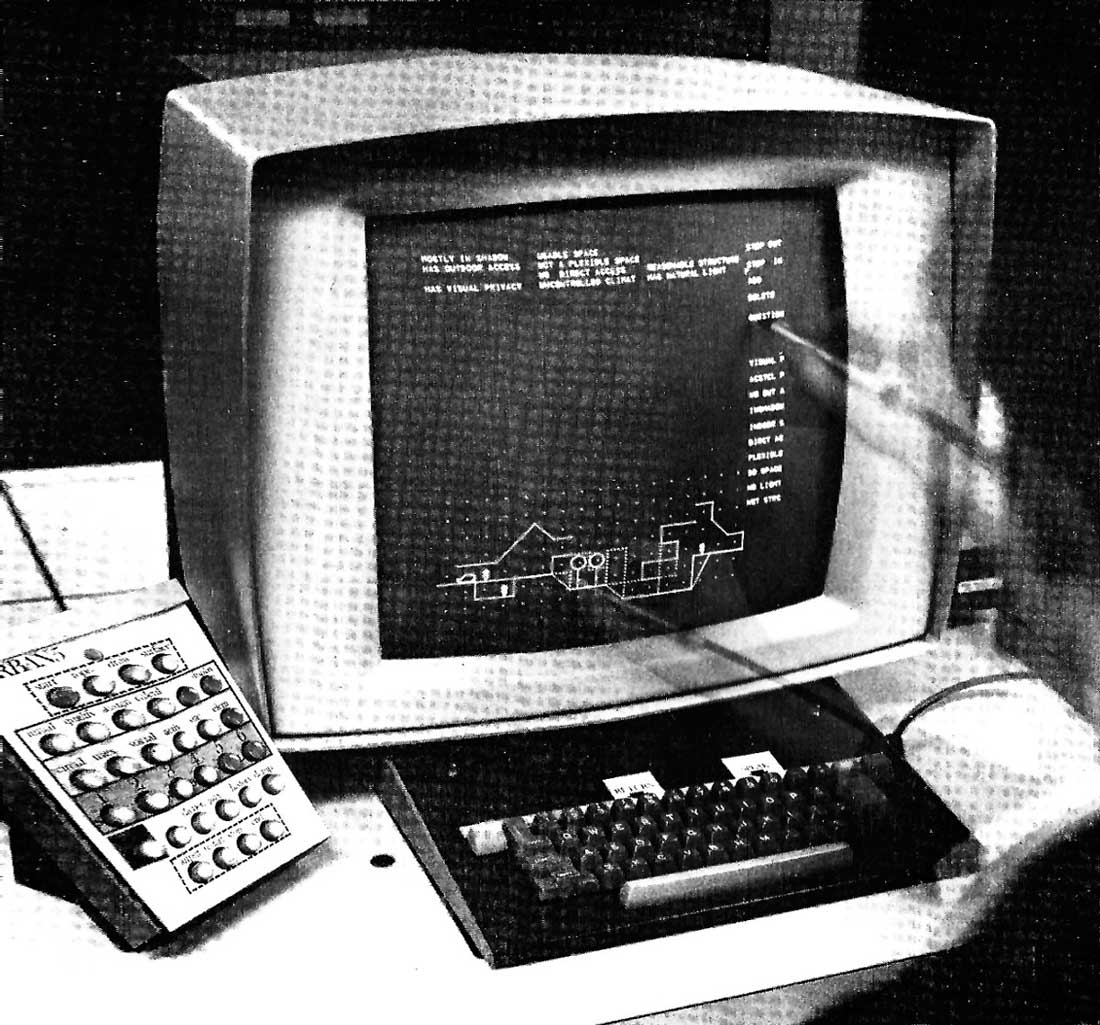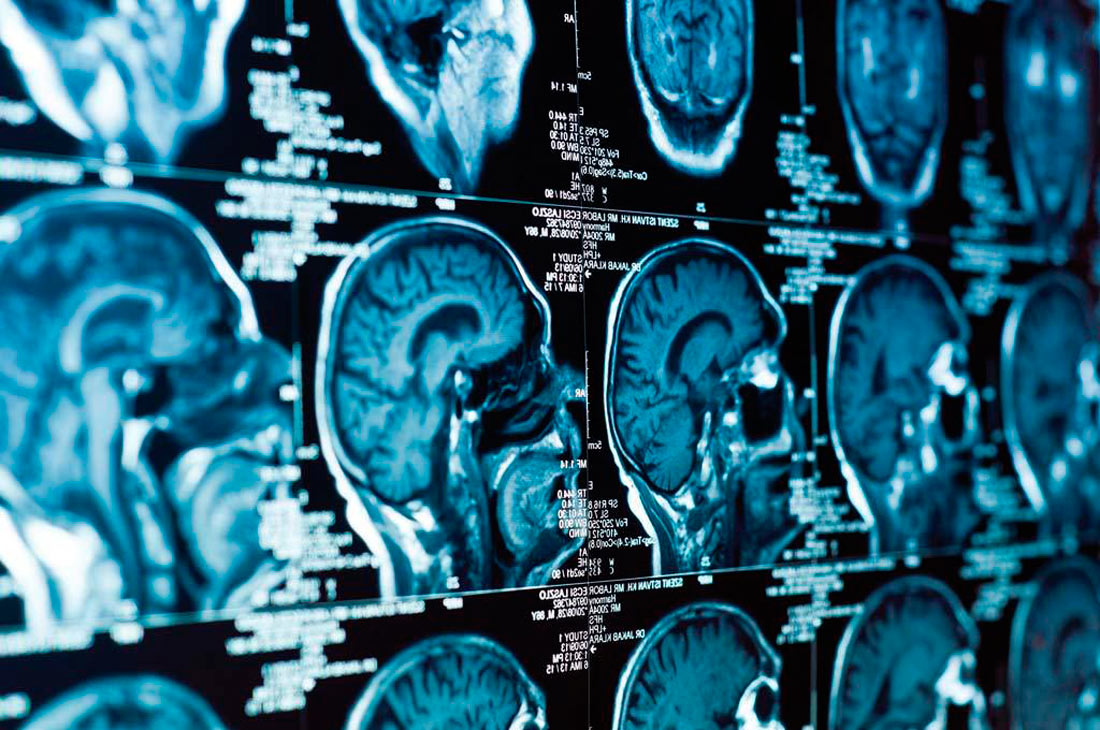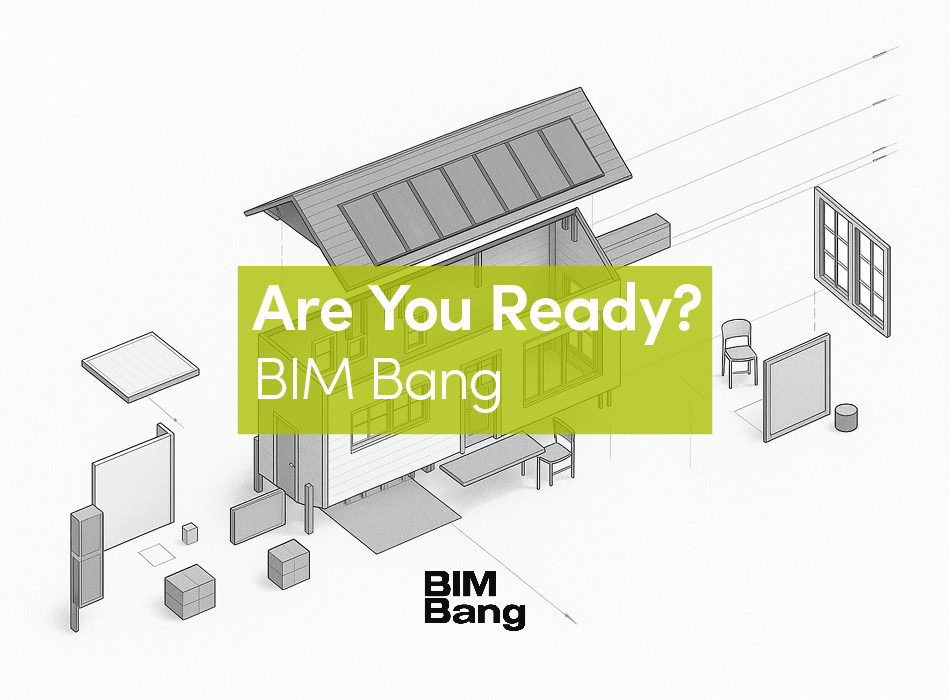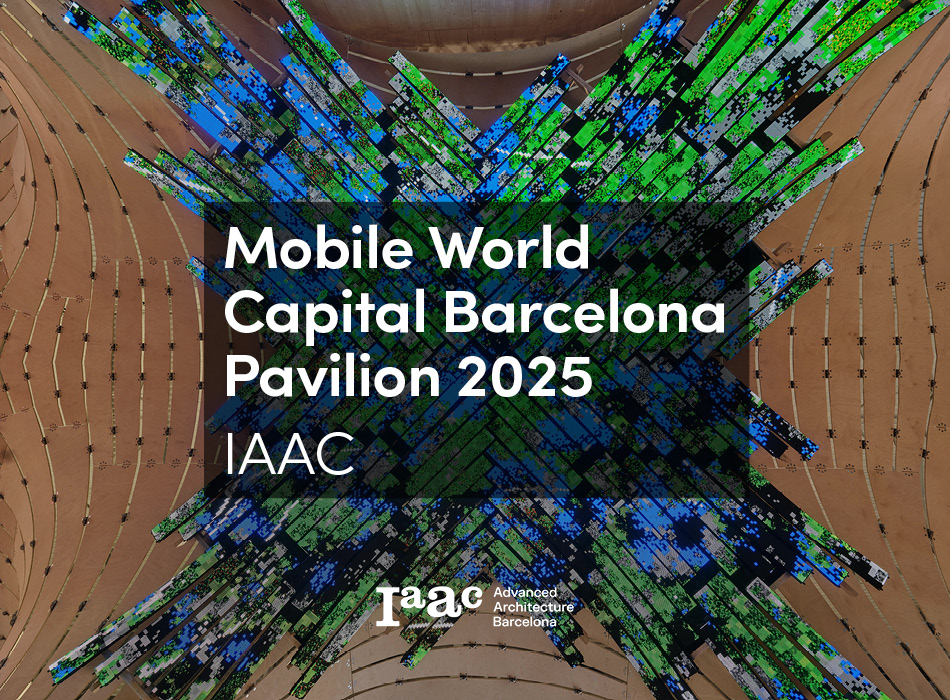The military nature of scientific and technological funding, even when carried out in civic institutes, universities and research facilities, raises a series of questions on how that research will develop. This article puts forward an iconic example of this and explores how technologies have made neurotech research more accessible. With this expansion, neuroscience has infiltrated the design discourse by recently being implemented in research, educational programs, and practices. With great breakthroughs such as open-source wearable EEG, neurograins, and machinery capable of processing gigantic amounts of data, a new horizon opens up to a new future, yet to be revealed. With the introduction of the concept of the internet of neurons, perhaps a dark example is this case of China, a surveillance landscape that leads us to question urban life, social interactions, anonymity and a lot of other concepts that are on the verge of a great transformation. In parallel, more interesting changes are overtaking architectural and design concepts. With all this at hand, thinking about the future of design practices seems inevitable.
Neuroscience, in the modern use of the term, and more specifically neurotechnology, similar to much, if not the vast majority, of scientific research, has been funded by military organizations. But unlike other research projects [thermodynamics, mechanics, nuclear science, aerodynamics, etc.], neurotechnology has not been directly weaponized, yet.
Modern neuroscience is technically the militarization of neuroscience, by state funding of advanced and heterogenous neuroscience research, in an attempt to open it up to other practices and work across several (previously known to be disconnected) disciplines in order to be able to respond to new desires and needs in public, private and military institutions through military authorities. In that sense, neuroscience has definitely been militarized. From its start, neurotechnology has mainly been used for medical interventions, as a scientific background for various tactics, mechanisms, and research projects, and as an encryption of human dynamics and social behavior in general. Being nurtured by military organizations, neurotechnology, as one would trivially guess, is meant to be weaponized.
At the Walter Reed Army Institute of research, founded in 1953, in the Center for Military Psychiatry and Neuroscience, scientists conduct studies in five major areas, four of which are directly related neuroscience: Behavioral Biology, Blast-Induced Neurotrauma, Brain Trauma Neuroprotection and Neurorestoration, and Military Psychiatry.
DARPA [Defense Advanced Research Projects Agency], originally founded in 1958 as ARPA [Advanced Research Projects Agency] leads investigations, research, and research funding tackling advanced fields, namely neuroscience, at just below a $3.5 billion annual budget. Major funding channels into developing an invasive technology, which – unlike traditional invasive techniques that usually require incisions or surgery for complex insertion methods – can be inserted into the body through the digestive tract, the respiratory tract, or through simple injections. This step, described by Al Emondi, the program manager of BTO [Biological Technologies Office], as the next step in a brain-machine interface, will create unprecedented ease in dealing with the nervous system [central and peripheral], hence creating a new living ecosystem of brains and machines in interaction.
On a parallel track, and with technological advancements, neuroscience research escaped the traditional authority-driven model into a new model of private corporations, startups, and other organizations. At an estimated total exceeding $800 million in funding, spanning over the last 20 years, the following entities safeguard a BCI [Brain-Computer Interface] industry, which mainly develops software and hardware interfacing with the human brain. From diagnosing Alzheimer’s, predicting seizures, treating weight loss and sleep disorders, and meditation to data storage, brain input devices and neurostimulation and many other areas of study, these companies [Aleva Neurotherapeutics, Altoida, Biodirection, BrainCheck, BrainCo, BrainRobotics, BrainSpec, Cereve, ElectroCore, Galvani Bioelectronics, InteraXon [Muse], Kernel, MindMaze, Mindstrong Health, ModiusHealth, Neurable, Neuralink, NeuroLutions, Neuronetics, NeuroPace, NeuroQore, Neuros Medical, Paradromics, RightEye, Rhythm, Sense Diagnostics, Setpoint Medical, SPR Therapeutics, Synchron, Inc.] have been increasingly blossoming. Fourteen of the 29 mentioned projects have been launched post-2014.
Such an ecosystem of neurotechnology-driven organizations, open communities, open source assets, and affordable tools has brought a wider set of enthusiasts and professionals to amend a growing archive of software, hardware, and ideas. Most remarkably, open source wearable EEG [electroencephalogram] startups such as OpenBCI have put out schemes for PCB [Printed Circuit Board] 3d-printable headsets, which would allow a diverse culture of people such as designers, computer scientists, and technology enthusiasts to carry out projects.
Following the neural dust project [a 3-millimeter-long batteryless sensor, measuring 1×1 millimeters in cross section, is attached to a nerve fiber and, once implanted, produces data that can be read out by ultrasound], one of the greatest projects in the scope of neurotechnology is neurograins. Neurograins, table-salt-grain-sized 0.25-square-millimeter neural implants, is a project under development at Brown University, funded by a close to $20 million grant from DARPA. These tiny chips, better referred to as robots, are read-write pieces of technology. They thus have the capacity not just to sense an input a stream of data from individual neurons but also to transmit data to an external RF [radio frequency] source at an efficient rate, thanks to an antenna that encases uplink and downlink circuits and allows bidirectional data flow at rates of megabits-per-second. This swarm of micro-robots, reporting from the brain, opens up the new possibility of “datafying” neural activity, while simultaneously acting as a stimulus.
I would here like to bring in the concept of IoN [Internet of Neurons]. IoN is not a stand-alone reality, but rather an extension of the internet as we know it. The internet is the global system of interconnected computers; and if the brain is not a computer, then what is?
Years after the advent of the internet, and with the extension of its connectivity into physical devices and objects – most significantly, sensors and actuators – the internet of things was born. IoN is one step further, expanding this network yet another time and thereby enriching that structure.
Connecting the brain to the internet obviously requires an interface – one that is capable of decoding [translating], since both systems use different “protocols”. In simple terms, the neural activity must be translated into data, and data translated into signals that the brain can parse. New interconnections between the brain and another external [yet internal to the system] object or system, will result in the augmented brain: a new brain capable of operations that are not necessary computationally more powerful, but operations of a different nature, changing the brain as we know it. It is when we integrate that computing power with our own nervous systems, and everyday objects, autonomously across time, that things get hot.
Analogous to the internet, or, one might say, analogous to the brain, the internet, and the brain operate similarly as a function of hyperconnectivity between entities, be it neurons or clusters of transistors. The internet of things, consequently, is not limited to the network in the brain – interneurons – but the extension of the internet through expanding the internet of things to a new boundary that includes the brain. Hence, IoN would stand for the unprecedented global-scale integration of the brain into a planetary-scale system of computation and connectivity.
At a ratio of one surveillance camera per seven Chinese citizens, China is now home to more than 200 million surveillance cameras. As shocking as this might seem, the issue is not only what the cameras can do. Unlike traditional surveillance mechanisms, the Chinese cameras, although interconnected, are limited to an input layer, which then is digested by monstrous computing capabilities of data processing and machine learning that govern the scene. In such a context, anonymity is definitely a term that stands out.
Architecture, at any level – from the highly experiential to the deeply conceptual – involves the human brain on various levels, as both the designer and the subject to be studied. Here, it is important to acknowledge the change from a two-typology hierarchy to a more dynamic system with the emergence of participatory design, where the task is no longer designing an object of architecture for a user, but designing the object of architecture and the user simultaneously. The user’s brain is constantly rewired and redesigned, and, in turn, redesigns the architectural space, in a continuous loop. It is no longer feasible just through building architectural environments by robots, but going a step forward to building environments as robots. At that level, when the architectural object – real or virtual – is being linked to the brain, does it become human? Or an extension of us? Or do we become reconfigured entities, affecting the space? At the designer scale, conceptualizing spatial objects could also be manipulated, collected at the nerve level and delivered through various other media. With the ability to manipulate the brain, not only to read from it, designers should rethink this immediate nature of communication and, thus, conceptualize a new design discourse for such a future.
The expanding nature of both disciplines [architecture and neuroscience], as they have developed from more independent disciplines to more complex ones, due to the need to acquire new tools and methodologies, and an expansion of the whole knowledge system, has changed the face of both into a new type of transdisciplinary disciplines.
In 2003, ANFA [the Academy of Neuroscience for Architecture] was founded in 2003 by the San Diego Chapter of the AIA [American Institute of Architects]. ANFA came out of the San Diego ecosystem, which The Salk Institute for Biological Studies had made fertile for such initiatives. The Salk Institute of biological studies is an independent, non-profit, scientific research institute in San Diego, founded in 1960 by Jonas Salk, the developer of the polio vaccine. Within its scientific research, the institute has been showing a growing interest in fields such as genetics and molecular biology and was ranked number one globally in 2009 by ScienceWatch in the neuroscience and behavior areas.
Jonas Salk and Louis Kahn approached the city of San Diego in March 1960 about a gift of land and were granted their request after a referendum in June 1960. The National Foundation for Infantile Paralysis, known today as the March of Dimes, provided the initial funding. March of Dimes is a United States nonprofit organization that works to improve the health of mothers and babies. The organization was founded by President Franklin D. Roosevelt in 1938, as the National Foundation for Infantile Paralysis, to combat polio.
NAAD [Neuroscience Applied to Architectural Design], a recently launched master’s program at the IUAV [Istituto Universitario di Architettura di Venezia] hosts a program with the intention of “improving the human experience of architectural and urban space” with the participation of notable names such as Harry Mallgrave, Juhani Pallasmaa, Alberto Perez-Gomez, Sarah Robinson, and Giovanni Vecchiato on board.
In San Diego, the NewSchool of Architecture and Design, after collaborating with ANFA, has launched a course called “Neuroscience for Architecture, Urbanism, and Design” focused on neuroscience as it relates to the design of the built environment.
The Centric Lab in London is a young practice, in partnership with the UCL [University College London] and the Ecological Brain Project that “uses neuroscience and urban data to help organizations create healthy and resilient environments”. Of the facilities used, two main ones highlight the major aspects of practice as such. On the one hand, there is the Spiers Lab, within the Institute of Behavioural Neuroscience at the UCL, specialized in spatial cognition research by employing cognitive and behavioral neuroscience techniques through research methods such as MRI, EEG, MEG, TES, VR. On the other hand, there is PAMELA, a research facility that mimics real-world environments in a controlled environment and thus allows for the collection of quantifiable data on human movement and interaction.
What does that hybrid heterogeneous model open up in terms of what could be done, how these systems coexist and live together and, in turn, the concepts and modern phenomenon that stand out?
The term computational neuroscience, increasingly used, as put by Peter Dayan and L. F. Abbott in their book Theoretical Neuroscience, is “an approach to understanding the information content of neural signals by modeling the nervous system at many different structural scales, including the biophysical, the circuit, and the system levels where computer simulations of neurons and neural networks are complementary.”
Architecture, design and the built environment have similarly become fundamentally tied up with computers and data for modeling environments and simulations. That is what we currently refer to as computational design. With greatly effective progress in that line of work – from early cybernetics to advanced computational design, passing through all the current technology – the design environment stands in front of an open future, to be speculated upon.
Who is going to be the first architect to experiment or prototype with neural dust? Let alone major changes in how we define concepts like consciousness, freedom, reality, and life. This specific shift is the portal to radically redefine concepts in architecture such as spatiality, power, control, authority, open design processes, and participatory design, as well as responsive environments and how we experience our context – be it physical and/or digital.




















